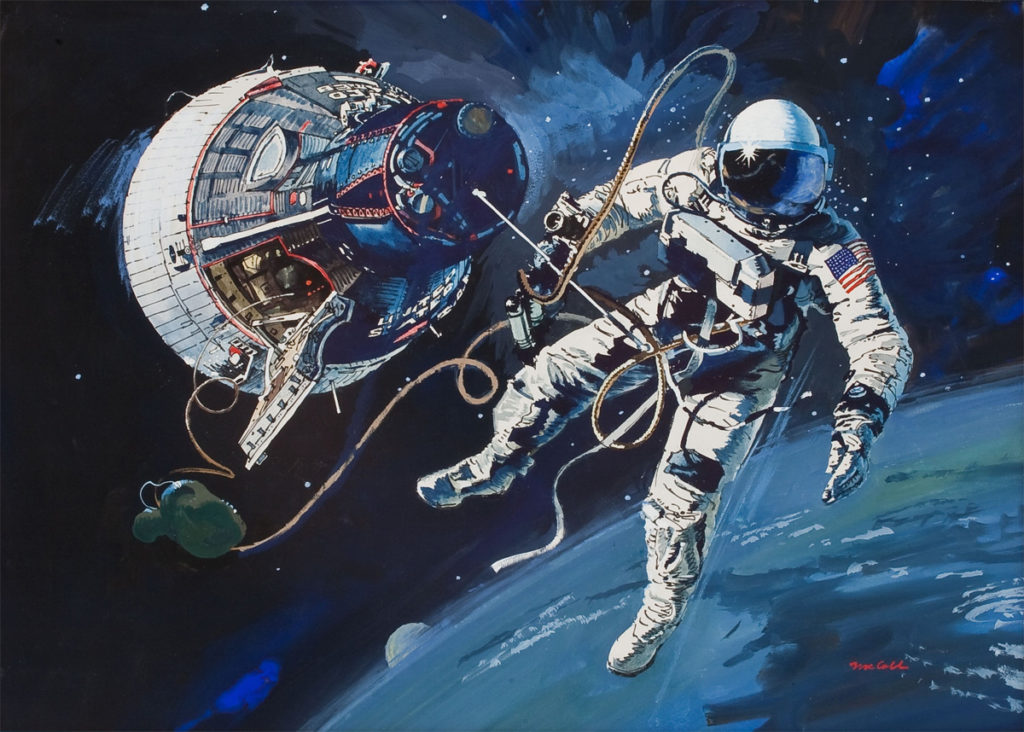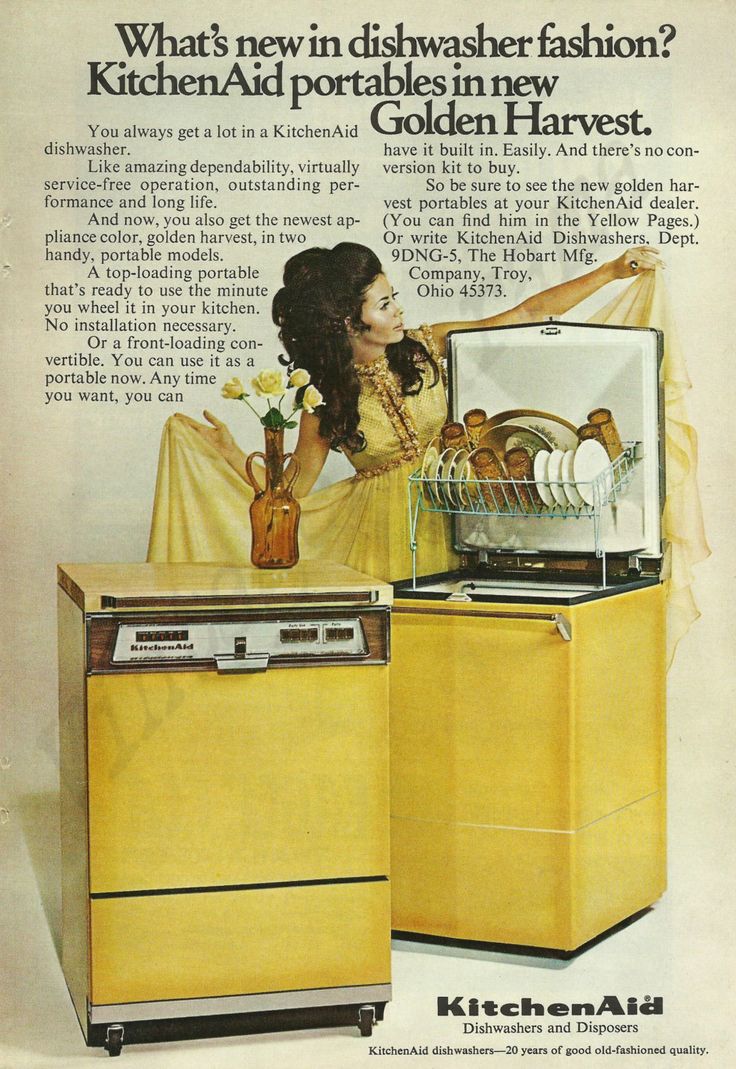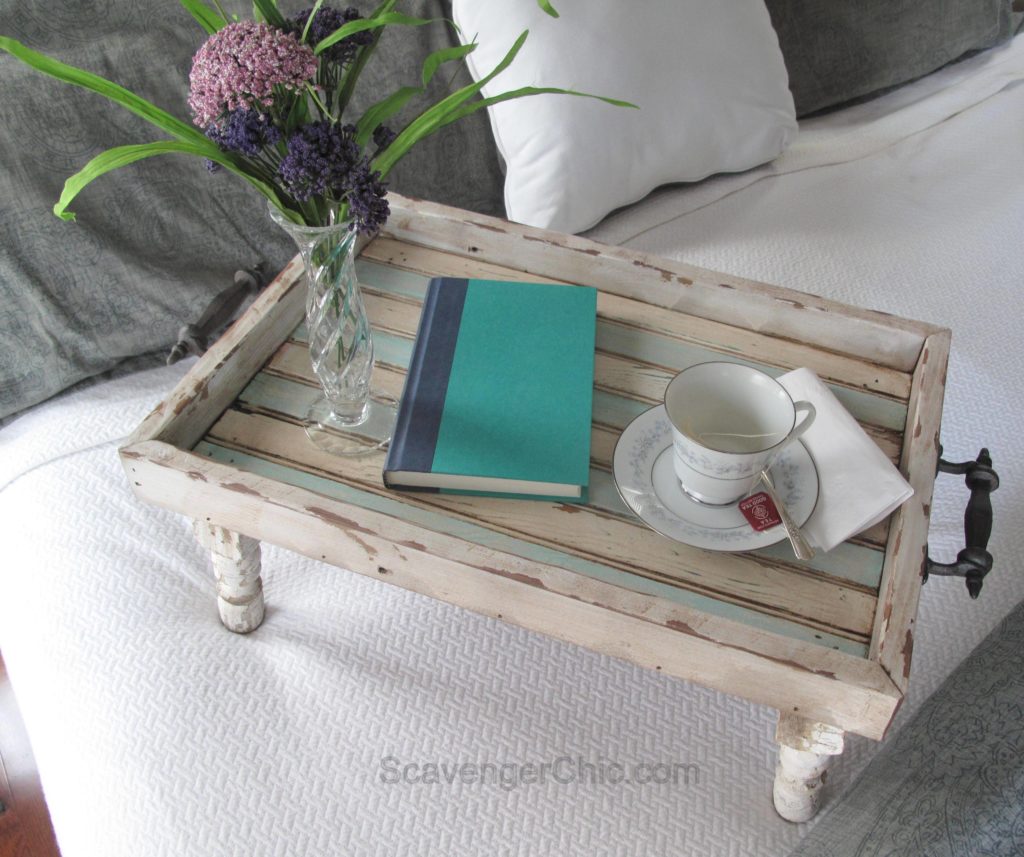It’s never easy to summarize entire decades of time into succinct trends. However, in the past five decades there have been clear design styles that have come to signify the decades in which they were most popular. Here are some of the major design styles of the past five decades that beautifully represent not only the times of their conception, but also graphic design more generally.
The 1960s
The 1960s was a tumultuous decade, in which American design trends in particular reflected many conflicts: activism versus traditionalism, growing human rights awareness clashing against a pro-military culture pushing the war in Vietnam, and the back to nature “seeds” of hippie drug culture opposing the high tech space race.
In terms of themes, the Atomic or Space age was certainly one of them. Futuristic looks from lucite and PVC to chrome and other metallic tones characterized this design trends, in the home and elsewhere. This look captured a sense of hope and progress that permeated the decade even as emotions ran high as civil rights conflicts grew more heated.

Artist Robert T. McCall
Meanwhile, the countercultural design trend of psychedelic graphics like paisley and tie dye and bright colors wound its way through almost everything, signifying a reluctance to conform to previously accepted norms. Interestingly, we also saw a rise in more organic looks using natural fabrics like batiks, Moroccan prints, and Indian saris used in everything from home décor to everyday street fashion.
Some of the most iconic pieces of 1960s design have yet to experience a true resurgence in popularity—maybe because we’re all still relieved they’re gone. Shag carpet arose in the 60s, and not just on the floor; shag also covered everything from toilet seats to bedspreads. Flower power design was another big one, and although flowers have never been absent from design, this was its own thing, with huge daisy print fabrics and wallpapers.
The 1970s
Back to nature and the advance of technology both characterized this decade, and the entire ten years enjoyed a solid soundtrack, with music proving to be one of the biggest influences on design culture. The 1960s psychedelic design style evolved and grew, and design elements such as typography went with it.
Why did we feel the need to get back to nature in the 70s? The 50s and 60s had overemphasized the material, leading to a rejection and reversal in the 70s. Some of the design results included an emphasis on earth tones such as the Harvest Gold, Avocado, and Coppertone appliances that populated almost all 1970s kitchens and design trends like macrame and weaving which showcased natural fabrics and fibers.

By the end of the decade technology was also changing the face of design. As color photography technology improved, ads became more centered on color photographs and human subjects rather than illustrations and products. Apple computer ads promising us our own personal computers were also on the scene by the end of the 1970s and brought with them a new and modern feel.
Finally, as minds opened up to other kinds of people, so did the world. This meant the inclusion of more international design elements in American design, such as Indian and Chinese religious symbols and African masks. Furthermore, as consciousness about environmentalism grew, design trends that included more hanging plants, skylights, exposed brick, and natural wood became more common.
The 1980s
It was inevitable that two decades of counterculture would cause the pendulum to swing back to the right, and that’s what happened in the 1980s. The Reagan 80s spawned the “Me Generation,” and the design sensibilities of the time reflected these ideals. Strangely, the materialistic consumerism of the 1980s inspired several very different design trends that are notable.
First, there’s the modern, edgy look of the MTV/Miami Vice 80s. Neon colors, pop culture, geometric shapes, mirrored walls, and clean, minimalistic looks started to emerge from this strain of culture. On the other hand, many homes stuck with the dark wood, busy floral “country chic” wallpaper look of 1980s suburbia. And who could forget the cloying Southwestern look, with its pink and turquoise and howling coyote silhouettes? Each of these looks, the suburban innocence, the style of the edgy modern, and the faux Southwest-inspired trend, were classic 1980s.

The 1980s was, politically, a time of multiple conflicting messages, and this was evident in design trends at the time. We saw many design trends that were inspired by gay culture such as makeup or earrings for men get co-opted by mainstream straight culture. As women became more and more prevalent in the workforce, advertising messages to women changed, as did design images; we saw women urged to be fashion-forward and bold—but to stop trying so hard since they’d already “come a long way, baby!”
The 1990s and beyond
The color and overload of the 1980s—in which many people couldn’t seem to stop decorating—stopped in the 1990s for the most part. Neutrals came back into focus, with an emphasis on smaller, basic pieces in homes and soothing tones. Crafting and DIY started to become more popular, and the results were seen in design trends such as sponge-painted and stenciled walls.
By the time the 1990s rolled around, all of the design world seemed confused. As America’s McMansions kept growing and growing, conspicuous consumption was common. When recession finally hit the country in the 2000s and stopped that growth, minimalism was the design world’s answer.
By the time the recession came into full force in the 2000s, DIY was definitely a design trend, and not just out of necessity. Online access and the rise of web design meant that social media sites like Pinterest became tastemakers as much as professional designers in some instances, and that meant that any DIYer at home might start the next big thing.

Green and sustainable design signaled the shift from the 2000s to the 2010s. Recycled materials, repurposed wood, steel/natural colors, creatively used paper, and up-cycling of anything you can think of characterize this design style which is as much a lifestyle commitment as an aesthetic choice. Now we see stone, hardwood, bamboo, tile, and concrete more than less green alternatives in homes that are built with a smaller footprint.
Conclusion
The major design styles of the past 5 decades are a window into our American culture and history. Understanding how the tumult of the 1960s led to the countercultural and back to nature trends in the 1970s is critical to seeing how the materialism and modernism of the 1980s gave way to the more minimalist looks of the 1990s. All of these design styles underlie those styles that we value right now, and our future aesthetics, too.





